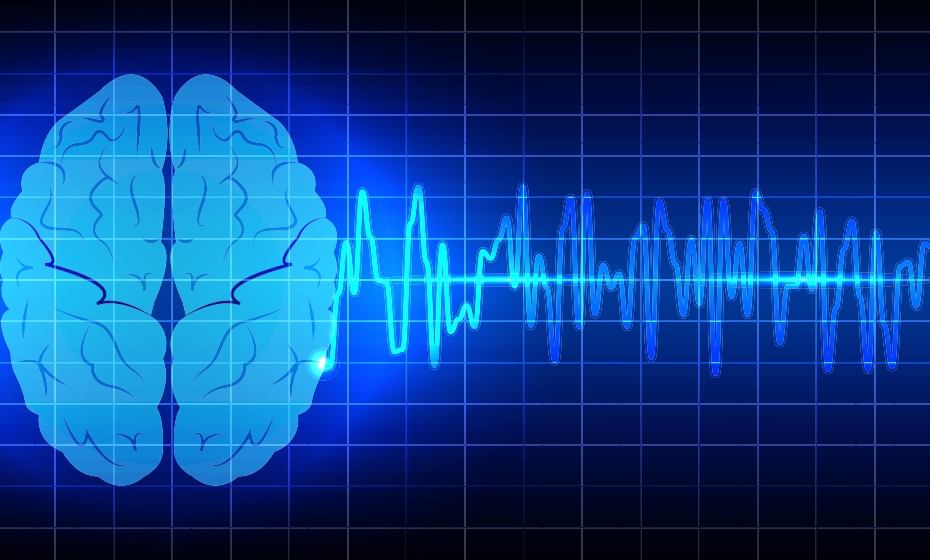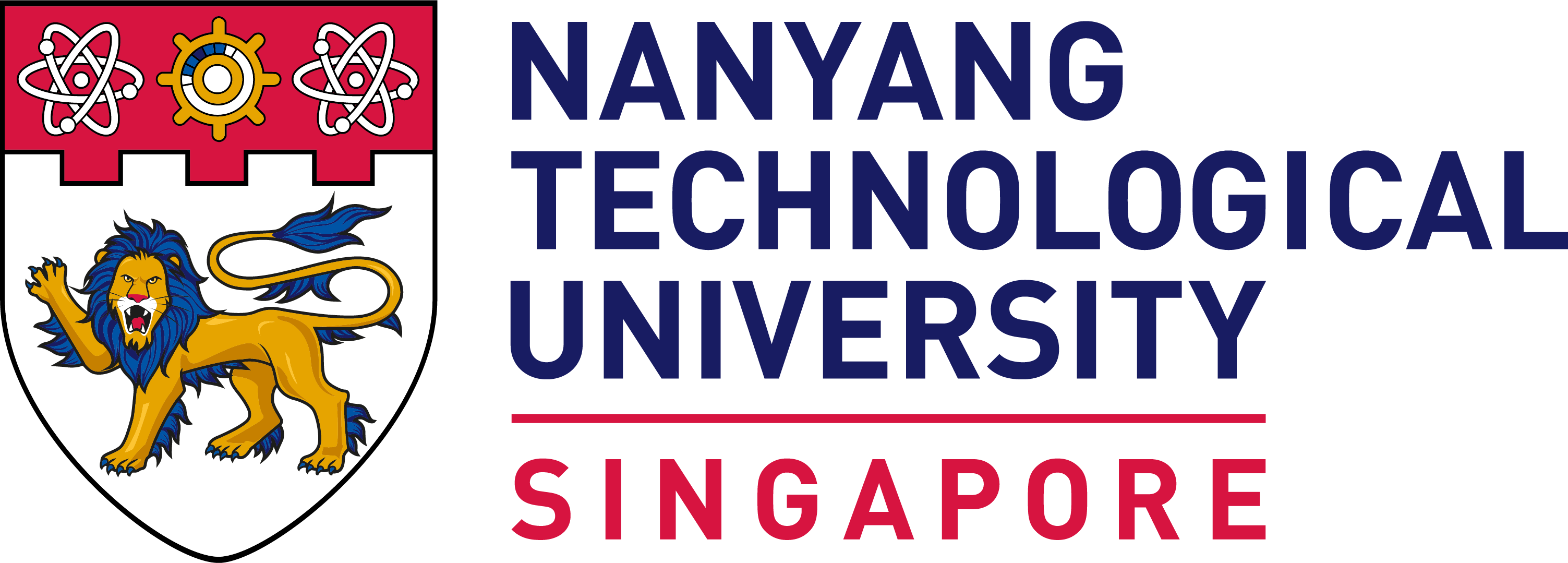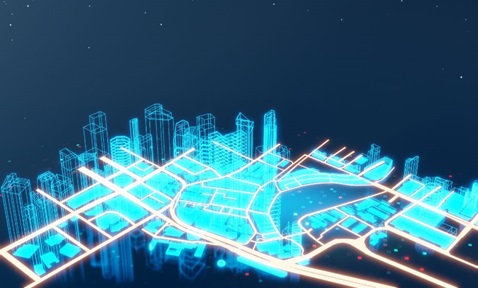
GOBATS: An EEG-Based Cognitive Enrichment System
Synopsis
The proposed training system, named Goal-Oriented Brain-Computer Interface (BCI)-based Attention Training System (GOBATS), employs real-time BCI with a galaxy-themed training environment for cognitive enrichment using EEG and gaze direction. It integrates deep learning for attention level detection, offers multiple difficulty levels, and includes relaxation exercises for enhanced engagement and cognitive improvement.
Opportunity
The proposed system is composed of a real-time closed loop brain-computer interface (BCI) feedback, targeting cognitive enrichment. Named the Goal-Oriented BCI-based Attention Training System (GOBATS), it is driven by a deep learning model that intelligently detects the level of attention of the user. The highly novel training environment is designed with a galaxy theme, offering users an immersive experience as they navigate a virtual spaceship controlled through the use of electroencephalogram (EEG) signals combined with the direction of the user’s gaze.
Real-time visual feedback and subsequent regulation of neural signals results in rewiring of neural circuits associated with cognition based on the brain’s neuroplasticity feature. Additionally, GOBATS embeds relaxation administration during the training to minimise use fatigue and ensure engagement is maintained for a longer period of time. The engaging galaxy-themed programme offers multiple difficulty levels and multi-player setups to accommodate various training scenarios. It effectively integrates focused attention, selective attention, divided attention and distraction expulsion based on EEG and gaze-related parameters. GOBATS is embedded with a subject-independent artificial intelligence (AI)-based training model to provide efficient cognitive training integrated with relaxation exercise to achieve potential cognitive enhancement.
Technology
The proposed multi-modal system, employing EEG, eye tracker data and keyboard inputs to achieve targeted cognitive enrichment, works in two steps. First, it focuses on generating a BCI classification model. This involves using specifically designed stimuli to induce two cognitive states: attention and inattention. Employing an advanced deep learning technique named TSception, a multi-scale temporal-spatial convolutional neural network, it captures temporal dynamics and spatial asymmetry from EEG signals to classify attention and inattention tasks effectively.
In the second step, GOBATS evaluates a guided attention control mechanism. During this evaluation phase, users engage with a highly immersive visual pathway integrated with spaceship controls within a virtual solar system environment. They are tasked with maneuvering a spaceship to predefined goals, with the spaceship's speed and direction directly controlled by EEG and eye tracker outputs, respectively. The system predicts attention levels using a model established during the calibration process. Intermittent relaxation tasks are seamlessly integrated during training to monitor the user's fatigue level, which is mapped to the fuel level of the spaceship. Training continues until the preset objective of navigating through a predetermined number of planets while overcoming obstacles is accomplished.

Figure 1: Schematic of the system, integrated with multimodal (electroencephalogram (EEG)/eye tracking/keyboard) inputs and novel relaxation strategy interleaved with attention. The artificial intelligence-driven, mission-oriented programme uses deep learning model for real-time attention detection.
Applications & Advantages
- Integration of guided relaxation in a highly engaging environment which is highly beneficial to enhance motivation for optimising training outcomes.
- Employment of raw EEG signals into TSception model directly makes an end-to-end deep learning method that needs less domain knowledge about the input features.
- Provides holistic improvement in multiple cognition domains to achieve sustained, selective and divided attention in a single training framework.
- Can be applied to the cognitive enhancement of patients with neurological disorders such as attention deficit hyper active disorder (ADHD), early stages of cognitive decline associated with stroke, dementia etc.


.tmb-listing.jpg?Culture=en&sfvrsn=a0428bd8_1)



-with-those-from-other-fungi.tmb-listing.jpg?Culture=en&sfvrsn=3025740f_1)








